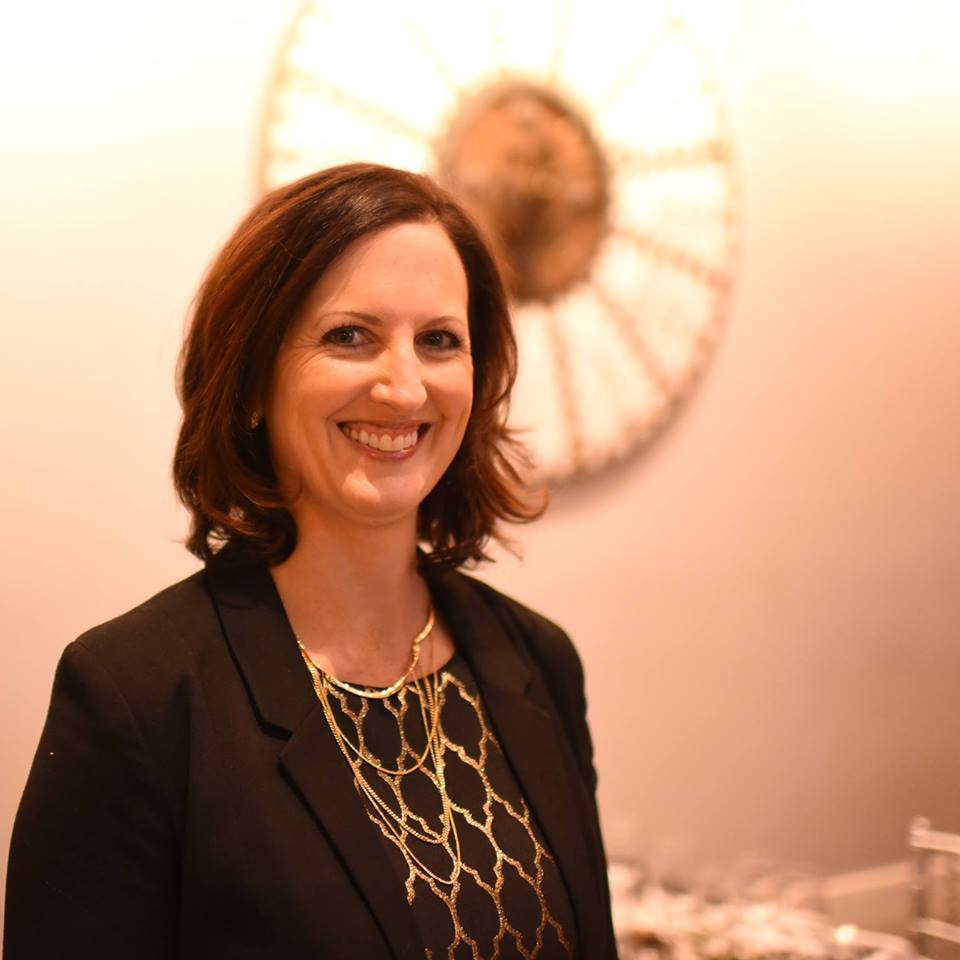Maine Cancer Foundation Board Member Dana Lesniak spends her day job as Project Manager at Portland Webworks. In addition to serving on the Foundation’s Board of Directors, she is a participant in the Tri for a Cure. Dana has raised thousands of dollars for cancer prevention and early detection, screening, and access to care, for Mainers across the state.
The month of May is dedicated to skin cancer and sun safety. In our guest blog series, Dana shares her experience with basal cell skin cancer.

I was 36 when I was diagnosed with basal cell skin cancer. This was definitely not the diagnosis I was expecting when I finally made an appointment with a dermatologist to look at the small scabby area in my hairline that just never seemed to heal over many months. In my mind, it was just a patch of extra dry skin.
I wear sunblock daily in both my face moisturizer and liquid foundation, and slather on even more when I’m in the sun. Sure, I’d had some burns as a child, back in the day when sunblock wasn’t a ‘thing’ and we used tanning oil while laying out by the pool all day. And there were more burns as an adult, especially when I would pull my hair back to go for a run and not quite make it to my hairline with the sunblock. As it turns out, I wasn’t being as careful as I thought I was.
The dermatologist took a small, painless biopsy during the visit. He said it very likely was cancerous, but that he would get back to me with the biopsy results. He mentioned doctors in their office who do the Mohs procedure to remove this type of cancer. The Mohs procedure involves a few hours in the office while they scrape away the cancerous tissue, test it to be sure they didn’t miss any, and go back to scrape more away until all the cancer is removed. That certainly didn’t sound too bad in comparison to other cancer treatment ordeals I’ve witnessed.
The next day, I got the call that I would need to return for the Mohs procedure. Typically it can be a fairly long wait for an appointment, but lucky for me, they had a cancellation the very next day. The only downside was they didn’t have enough time to send out the informative paperwork that might have better prepared me for my experience.
I spent the next morning with a very nice nurse & doctor who shaved part of my head, numbed my scalp and some of my face, and started scraping away the cancerous cells. I sat in the waiting room while the sample was tested, chatting with other patients in the same boat as me – and noticed that I was by far the youngest person being treated that day. After a second round of scraping and waiting, I was told they had gotten all the cancer. I got a number of stitches in my forehead to put me back together & I joked that it was like getting a half facelift, since it was only on one side of my face!
This is when expectations and reality diverged. They asked who was driving me home. My face was still numb, I had a big bandage on my forehead, and I expected I’d be driving myself back to work to finish my day. My nurse laughed and said I couldn’t drive & really shouldn’t go back to work – didn’t I read that in the paperwork they sent?
She then explained what my next few days would be like, and I wished I received the paperwork before my appointment, or asked more questions when I was scheduling the visit. Here’s what was coming next:
1. I could expect minimal pain, but potentially a lot of swelling, including a black eye or other bruising on my face. What??!? I didn’t realize that a little bit of scraping on my hairline could give me a black eye!
2. I couldn’t wash my hair for 7 days. Oh no!?!?! I had already gone a couple of days without washing my hair & was due. Now I had to wait another week? And that emergency hair appointment I made while sitting in the waiting room to get some bangs or some other way to cover up the shaved part of my head needed to be canceled.
3. I should put Vaseline on the incision to keep it wet & promote healing. Yikes!?!? So in addition to greasy hair, I was also going to have a greasy forehead? Gross.
4. And the good news: The stitches would come out in 7-10 days, I wouldn’t be able to see a scar, and I wouldn’t have any other lasting effects.
I was lucky – this type of skin cancer has a 99% cure rate, is unlikely to spread, and required only a half day of minor outpatient surgery and a few days of recovery. Vanity around my swollen face, dirty hair, and exposed scalp are such minor concerns when placed on the scale of all cancer treatment and prognosis.
If I had been more diligent with applying sunblock and wearing a hat when in the sun, this all could have been avoided. I’m much more conscious of it now, and don’t spend as much time in the sun as I used to. My checkups at the dermatologist are now annual, and I haven’t had any other skin cancer pop up. I’m hopeful that the changes I’ve made towards sun safety will keep me out of the Mohs treatment room in the future.
